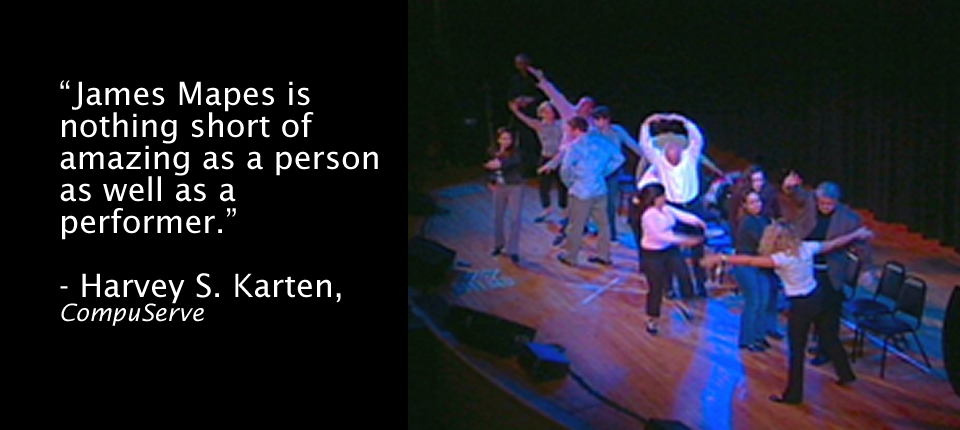9 Myths Dispelled
Hypnosis has been in existence in one form or another for thousands of years. It was used in the sleep temples of Ancient Egypt and Greece and known to Hippocrates. It’s been called by many names by various religions and cultures throughout history. Whatever changes or alters consciousness can be classified under hypnosis.
Throughout history, chanting, drumming and dancing have been utilized to change one’s state of consciousness. The Druids, Vikings, Dervishes, Hindu priests, Indian Yogis and Holy Men have been aware of these methods. In 2600 B.C., the father of Chinese medicine, Wong Tai, wrote about incantations and passes of the hands. Accounts of what we would label as ‘hypnosis’ can also be found in the “Bible” (Genesis 2:21, 1 Samuel 26 12, Job 4:13, 33:15, Acts 10:10), the Talmud, and the Hindu Vedas, written about 1500 BC.
MYTH 1
Hypnosis is a mysterious magic power. In 1958, hypnosis was accepted as a science by the American Medical Association.
There’s nothing supernatural or magical about hypnosis. The fear people have of hypnosis reflects lack of knowledge, anxiety about the unknown or historical prejudice.
MYTH 2
Only weak-willed and unintelligent people can be hypnotized.
Just the opposite is true. The stronger the will and the more intelligent a person is, the easier it is for him or her to enter into trance state. Everyone goes into and out of a trance state many times a day – while daydreaming, watching television or working at a computer. It’s becoming so absorbed that you lose track of time, etc. Willingness, time, circumstances and the competence of the hypnotist all factor into a person becoming hypnotized. I believe the ability to be hypnotized, or to hypnotize yourself, is a skill. Some people have it naturally, like a child prodigy in music, and some need to practice in order to develop the skill. The majority of people fall in the latter category.
MYTH 3
A subject can enter a hypnotic trance and not awaken.
Impossible! Impossible! Impossible! If you understand the concept of hypnosis, you will understand why. It’s as ridiculous as believing a person can get stuck, forever, watching television. Even if the hypnotist were to walk away or drop dead in the middle of a show, the subjects would either open their eyes immediately or drift off into a normal sleep.
MYTH 4
People who are hypnotized can be made to do anything, even if it’s against their will.
Numerous studies have shown that participants will only act in a way that is congruent with their values and morals. People will only do, on-stage, what they would normally do, given the right circumstances. Of course, people can be manipulated, lied to or coerced into doing things against their morals or values but you don’t need hypnosis to do that.
MYTH 5
Hypnosis will cause you to reveal your deepest hidden secrets.
This is one of the biggest fears that stop people from participating in the show. Hypnosis is not a truth drug which somehow breaks down the will of the subject. Even in a hypnotic state, people always know what they are saying and what they are doing and will not do anything against their will or moral values.
MYTH 6
Hypnosis is in some way anti-Christian or the work of the devil.
This is folklore which creates the kind of discomfort which is hard to debate. The official view of the Catholic church is: “Hypnotism is licit if used for licit purposes.” (Source: New Catholic Encyclopedia). All the other major religions have investigated hypnosis and approved it as a medical technique. Yet fear sometimes manipulates people into believing hypnosis is something more than it is.
MYTH 7
When you’re in a trance, you are unaware of everything.
The word ‘trance’ is confusing enough. Dictionary definitions of trance range from “a state of absorption” to “a stunned condition,” from “dazed” to “stupor.” No wonder people are confused. People have various reactions to being in a trance state. Some feel a sense of heaviness or lightness. Some feel a tingling sensation and some feel nothing. The most important thing to remember is that – in a trance state – you are aware of everything. Indeed, your senses are heightened and your awareness is at a peak.
MYTH 8
Hypnosis can cure anything. Hypnosis cures nothing, nor is it a panacea.
It is in the state of hypnosis where the real – excuse the word ‘magic’ – happens. With hypnosis, you can tap into your own power to enhance creativity, increase athletic ability, eliminate negative habits, manage pain and heal, both emotionally and physically. Without doubt, hypnosis is one of the most underutilized and powerful tools available for personal development.
MYTH 9
Hypnosis is dangerous and should only be used by specially trained physicians.
Hypnosis is a tool of communication, not medicine, although many physicians have embraced hypnosis and use it, particularly for stress reduction and pain control. Psychiatrists often use hypnosis in combination with psychotherapy. Certified clinical hypnotists are experts in the art and practice of hypnosis.
